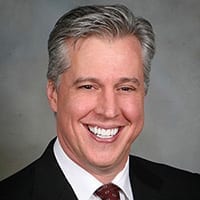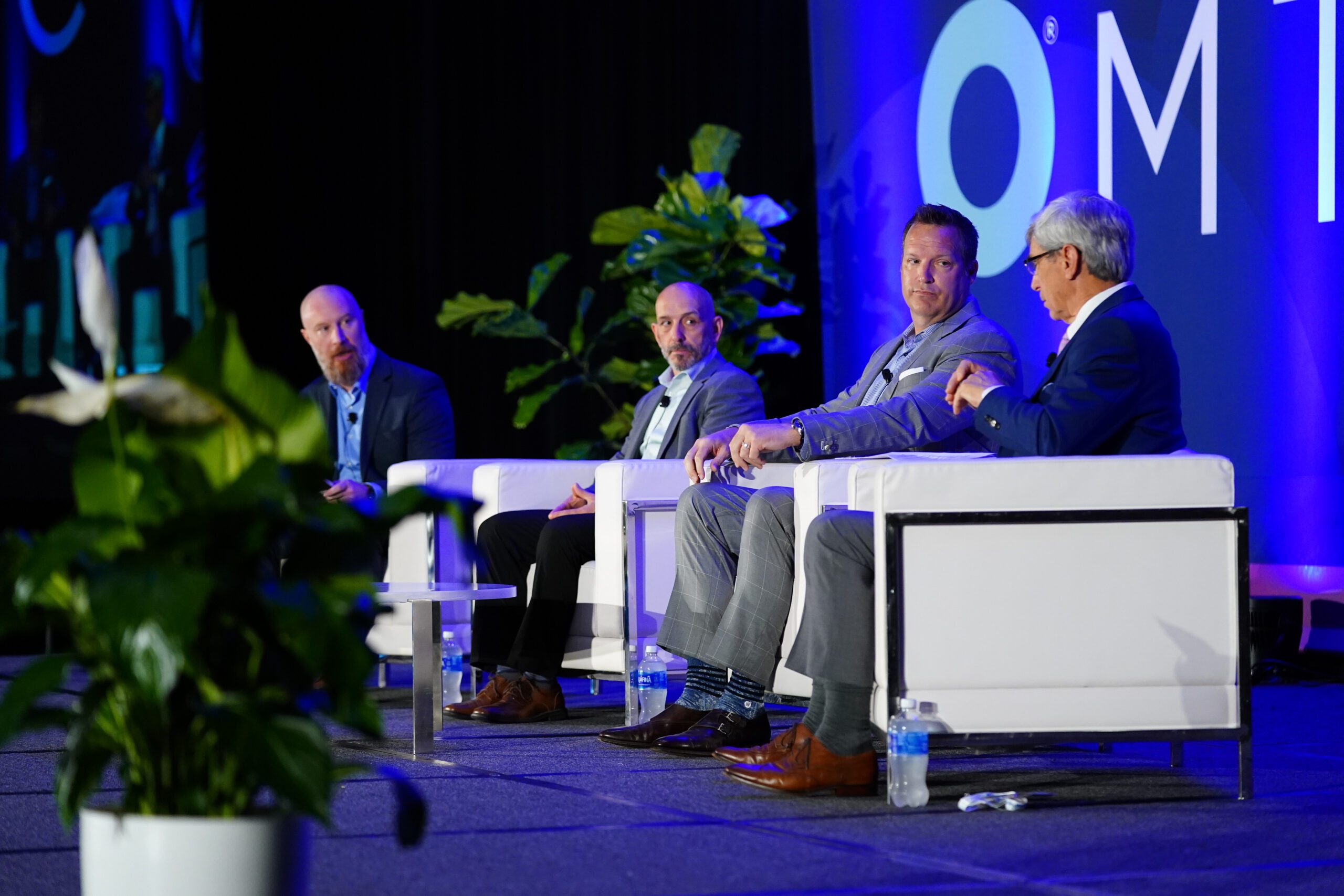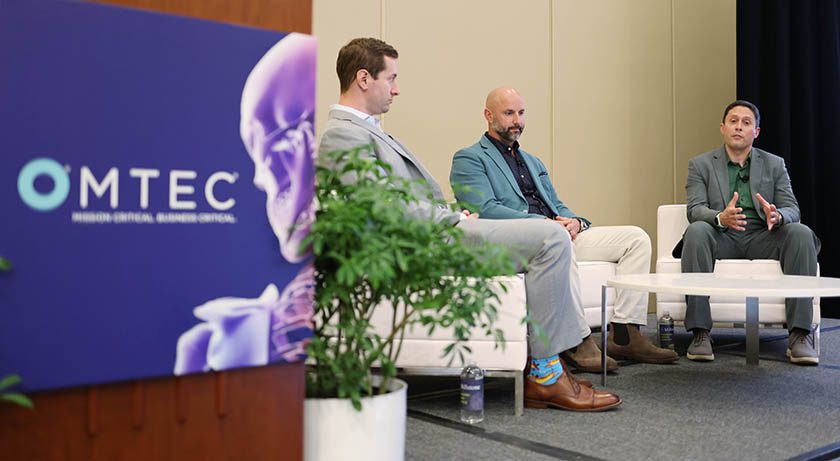

 Copy to clipboard
Copy to clipboard 
The influence of hospital VACs has created a market access risk that you must consider when assessing new technologies—before product development begins. How do you reduce that risk? One idea is to create your own panel of experts—or at the very least interview experts—that extend beyond the surgeon.
|
Thomas S. Harper, Ph.D., Senior Manager at Plante Moran, presented on the topic of risk at OMTEC 2017. In his remarks, he mentioned that device companies have experienced success in establishing market access panels with representatives that have previous VAC experience.
Harper provided two examples of companies experiencing commercialization or market access risk. A “world-class” company reached out to Plante Moran when it couldn’t move a line extension product through VACs, tying up revenue. As Harper explained, the company wasn’t prepared to answer the VAC’s questions. Conversely, a small device company with a novel technology interviewed 20 VAC members to gain market insight early in its development stage. Since the company launched its product earlier this year, its VAC approval rate is over 90% within 90 days of submitting its application—an exceptional timeframe, according to Harper.
Harper and his colleagues have interviewed more than 150 VAC members to understand how their roles have evolved in recent years, and to gain information on ways that device companies can integrate VAC insight into new technology development. Here, we recap his findings.
Know What to Expect
Hospital VACs were established to assess the purchase of new products. Increasingly, these committees analyze high-volume products and procedures. Companies like the “world-class” one mentioned above are finding that brand recognition and previous hospital history can no longer be relied upon to get their products into the operating room.
Seek Diverse Perspectives
The surgeon voice is essential to product development. However, others have a growing say in a surgeon’s use of products. A typical VAC includes perspectives from administration, finance, nursing, supply chain, surgeon, etc. They may vary in structure; for instance, Harper noted that a small hospital system may have 15 VAC members, while UCLA has four VACs with 20 to 25 members each. You should incorporate these different perspectives into your product feedback.
“If you think these folks don’t understand the science, they definitely understand the budgets; they understand what the potential impact could be for a product, and they could give you some great insight,” Harper says.
Engage Early
The more information you’re able to arm yourself with early in development, the better. The previously-mentioned small company that experienced success presented VAC members with concept boards, videos and prototypes. By engaging early and often, you’re able to adapt and change course faster.
Harper noted that this doesn’t need to be an expensive endeavor. He’s seen a panel of seven former VAC members cost a company about $50,000 total in honorariums—a small price when considering the goal is to get to market faster.
Dr. Harper has more than 25 years of experience in sales and marketing management, product commercialization, due diligence and business development in the medical device industry. During his career, Dr. Harper has assisted or led the global launch of 60+ medical device products while leading teams at Johnson & Johnson, Cardinal Health and over 20 global medical device client companies.
Please direct questions to Carolyn LaWell, ORTHOWORLD’s Chief Content Officer. She welcomes your thoughts by email.
The influence of hospital VACs has created a market access risk that you must consider when assessing new technologies—before product development begins. How do you reduce that risk? One idea is to create your own panel of experts—or at the very least interview experts—that extend beyond the surgeon.
Thomas S....
The influence of hospital VACs has created a market access risk that you must consider when assessing new technologies—before product development begins. How do you reduce that risk? One idea is to create your own panel of experts—or at the very least interview experts—that extend beyond the surgeon.
|
Thomas S. Harper, Ph.D., Senior Manager at Plante Moran, presented on the topic of risk at OMTEC 2017. In his remarks, he mentioned that device companies have experienced success in establishing market access panels with representatives that have previous VAC experience.
Harper provided two examples of companies experiencing commercialization or market access risk. A “world-class” company reached out to Plante Moran when it couldn’t move a line extension product through VACs, tying up revenue. As Harper explained, the company wasn’t prepared to answer the VAC’s questions. Conversely, a small device company with a novel technology interviewed 20 VAC members to gain market insight early in its development stage. Since the company launched its product earlier this year, its VAC approval rate is over 90% within 90 days of submitting its application—an exceptional timeframe, according to Harper.
Harper and his colleagues have interviewed more than 150 VAC members to understand how their roles have evolved in recent years, and to gain information on ways that device companies can integrate VAC insight into new technology development. Here, we recap his findings.
Know What to Expect
Hospital VACs were established to assess the purchase of new products. Increasingly, these committees analyze high-volume products and procedures. Companies like the “world-class” one mentioned above are finding that brand recognition and previous hospital history can no longer be relied upon to get their products into the operating room.
Seek Diverse Perspectives
The surgeon voice is essential to product development. However, others have a growing say in a surgeon’s use of products. A typical VAC includes perspectives from administration, finance, nursing, supply chain, surgeon, etc. They may vary in structure; for instance, Harper noted that a small hospital system may have 15 VAC members, while UCLA has four VACs with 20 to 25 members each. You should incorporate these different perspectives into your product feedback.
“If you think these folks don’t understand the science, they definitely understand the budgets; they understand what the potential impact could be for a product, and they could give you some great insight,” Harper says.
Engage Early
The more information you’re able to arm yourself with early in development, the better. The previously-mentioned small company that experienced success presented VAC members with concept boards, videos and prototypes. By engaging early and often, you’re able to adapt and change course faster.
Harper noted that this doesn’t need to be an expensive endeavor. He’s seen a panel of seven former VAC members cost a company about $50,000 total in honorariums—a small price when considering the goal is to get to market faster.
Dr. Harper has more than 25 years of experience in sales and marketing management, product commercialization, due diligence and business development in the medical device industry. During his career, Dr. Harper has assisted or led the global launch of 60+ medical device products while leading teams at Johnson & Johnson, Cardinal Health and over 20 global medical device client companies.
Please direct questions to Carolyn LaWell, ORTHOWORLD’s Chief Content Officer. She welcomes your thoughts by email.

You are out of free articles for this month
Subscribe as a Guest for $0 and unlock a total of 5 articles per month.
You are out of five articles for this month
Subscribe as an Executive Member for access to unlimited articles, THE ORTHOPAEDIC INDUSTRY ANNUAL REPORT and more.
CL
Carolyn LaWell is ORTHOWORLD's Chief Content Officer. She joined ORTHOWORLD in 2012 to oversee its editorial and industry education. She previously served in editor roles at B2B magazines and newspapers.








